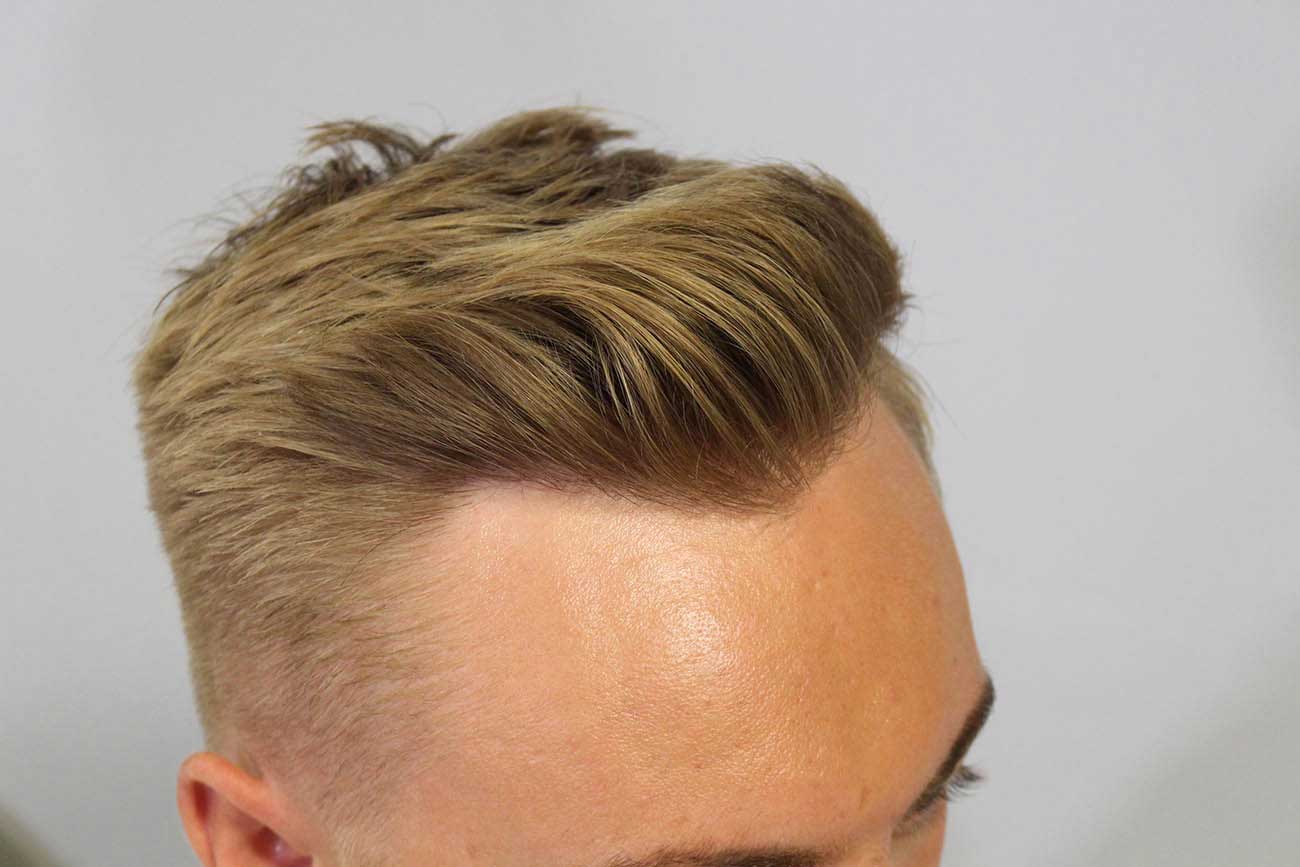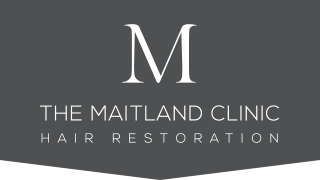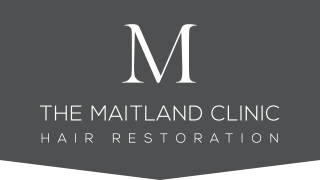Widow’s peak hairline: genetics, significance, and treatment options
22nd October 2024

A widow’s peak is a distinctive hairline shape characterised by a V-shaped point in the centre of the forehead. While a widow’s peak hairline is a natural and common hairline, some people may feel self-conscious about their widow’s peak or worry that it could be linked to hair loss. This blog aims to clarify what a widow’s peak is, explore the genetic basis behind this hairline shape, and discuss treatment options for those who wish to address or modify their widow’s peak.
What is a widow’s peak hairline?
Some people have a hairline that is straight or rounded across the forehead. A widow’s peak is when the hairline forms a point in the centre of the forehead, with the sides of the hairline tracking backwards. Visually, it creates a more distinctive contrast to straighter hairlines. The term ‘widow’s peak’ derives from the resemblance to the shape of a hood worn by widows in the past.
This natural hairline variation is not uncommon and can be present in both men and women. While some people embrace it, others may feel self-conscious about it, particularly when pulling the hair back or wearing hair up.
Often, a widow’s peak hairline may be confused with early signs of balding. However, this hairline is mostly a matter of genetics and usually doesn’t indicate hair loss.
Genetics behind a widow’s peak hairline
The shape of your hairline, including whether or not you have a widow’s peak, is determined largely by genetics. It used to be thought that a widow’s peak resulted from a singular dominant gene expression, meaning if one parent has a widow’s peak, there’s a higher chance that their child will also have one.
However, it’s now thought that there are several genes that work collectively to make up our unique hairline, and it’s possible for members of the same family to have different hairline shapes. More research is needed to better understand the different genetic factors that contribute to an individual’s hairline.
Some genetic conditions have been associated with a widow’s peak hairline, including:
- Aarskog- Scott syndrome: A rare genetic condition that causes physical abnormalities and sometimes cognitive disorders.
- Donnai-Barrow syndrome: Causes abnormal development of facial features as a result of a mutation (change) in the LRP2 gene.
- Frontonasal dysplasia: Linked to a series of genetic mutations that lead to abnormal facial and head characteristics.
Does a widow’s peak hairline indicate early stage hair loss?
There’s no direct link between a widow’s peak hairline and hair loss.
A widow’s peak is a natural hairline variation, which alone, does not indicate a hair loss condition or that you’re likely to experience hair loss.
However, a widow’s peak is often mistaken for a receding hairline or pattern baldness. These hair loss conditions often start with thinning at the temples, causing the hairline to change shape following a similar pattern to the shape of a widow’s peak. For this reason, some people associate a widow’s peak hairline with hair loss, but this often isn’t the case.
To understand whether you have a natural widow’s peak or are experiencing hair loss, focus on how the hairline changes. A widow’s peak shape is a hairline that you’ve likely had your whole life. Alternatively, hair loss usually starts with thinning or receding at the temples and along the sides of the forehead, and continues to gradually change and move back at the corners. If your hairline is continuing to change, this might indicate a hair loss condition rather than a natural widow’s peak.
It’s important to note that people with a widow’s peak can still experience a common type of hair loss such as pattern baldness or a receding hairline. You may notice your existing widow’s peak hairline becoming more pronounced, which may be an early sign of hair loss.
As a general rule, if you notice your hairline changing (whether you have a widow’s peak or not), you may be experiencing a type of hair loss, and it’s best to see a specialist to understand your condition.
Should you seek treatment for a widow’s peak hairline?
In most cases, a widow’s peak does not require any treatment, as it is typically a natural hairline variation rather than the result of hair loss. However, if you dislike the appearance of your widow’s peak or feel self-conscious about it, there are treatment options available to modify the hairline.
Hair transplant surgery
One common option to modify the hairline is hair transplant surgery. This procedure involves taking hair follicles from a donor area (typically the back and sides of the scalp) and transplanting them into the areas of the hairline to alter its shape. For individuals seeking to “round-off” the V-shaped widow’s peak and create a straighter or more balanced hairline, hair transplants can be an effective solution.
At The Maitland Clinic, we specialise in two key types of hair restoration surgery:
- Follicular Unit Transplantation technique, also known as the ‘strip’ technique
- Follicular Unit Excision technique
It’s important to note that not everyone is a suitable candidate for hair transplant surgery. Factors like the extent of hair loss, the quality of donor hair, and the likelihood of future hair thinning all need to be considered.
Treatment options for hair loss
For those with a hair loss condition such as a receding hairline or pattern baldness (which may present in a similar way to a widow’s peak hairline), there may be several treatment options available.
The first step is to determine the specific cause and type of hair loss. A thorough diagnosis can be made by a hair loss specialist through an examination and detailed medical history.
A range of treatment options can then be explored, including:
- Medication: For individuals with genetic hair loss such as pattern baldness, hair loss medications like minoxidil or finasteride can help slow down the progression of baldness. These treatments can be extremely effective for early-stage hair loss.
- Non-surgical interventions: Treatments like low-level laser therapy or platelet-rich plasma therapy can stimulate hair growth and help maintain the health of existing hair.
- Hair transplant surgery: If hairline recession is significant, hair transplant surgery may be considered.
A natural approach to hair restoration surgery
When addressing hairline concerns with hair transplant surgery, it’s vital to maintain a balanced perspective. Most hairlines tend to mature and slightly elevate over time, and creating an unnaturally low or straight hairline will eventually appear inauthentic with age – or if excessive hair loss occurs beyond the new hairline.
At The Maitland Clinic, we strive to create results that continue to appear natural for many years to come. Using precision and artistry, we adapt hairlines to produce effective yet subtle results that will continue to compliment the face during the ageing process.
Hair loss treatments at The Maitland Clinic
If you are concerned about hair loss or wish to discuss treatment options for your widow’s peak, contact our clinic to schedule a consultation. Our specialists can help you understand your options and provide personalised advice tailored to your specific hair needs.










